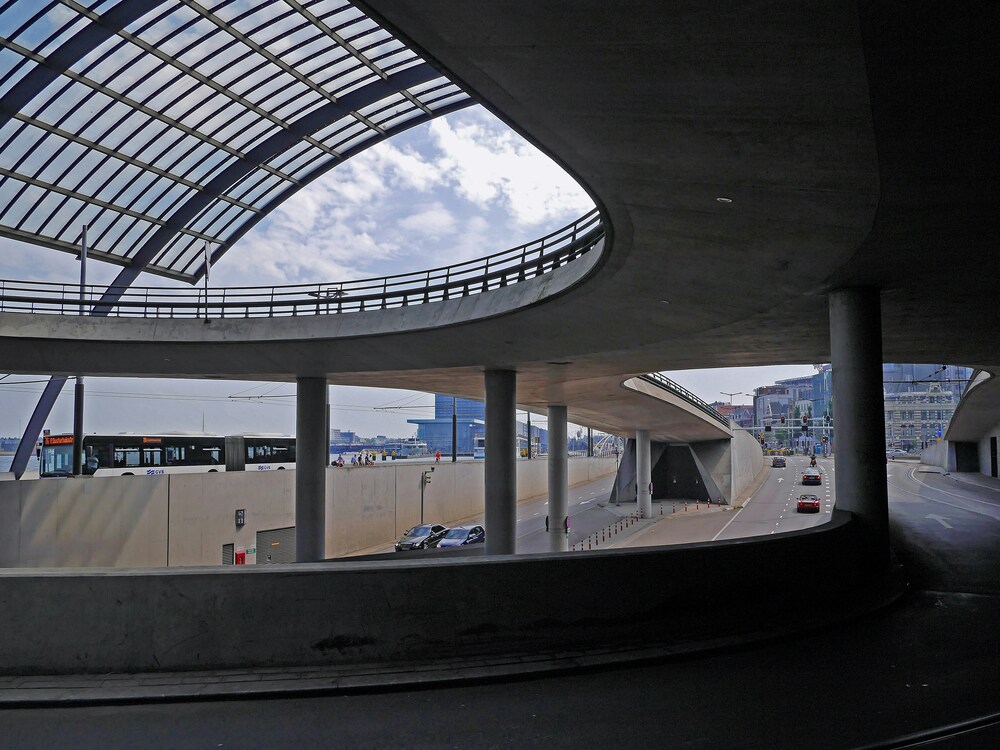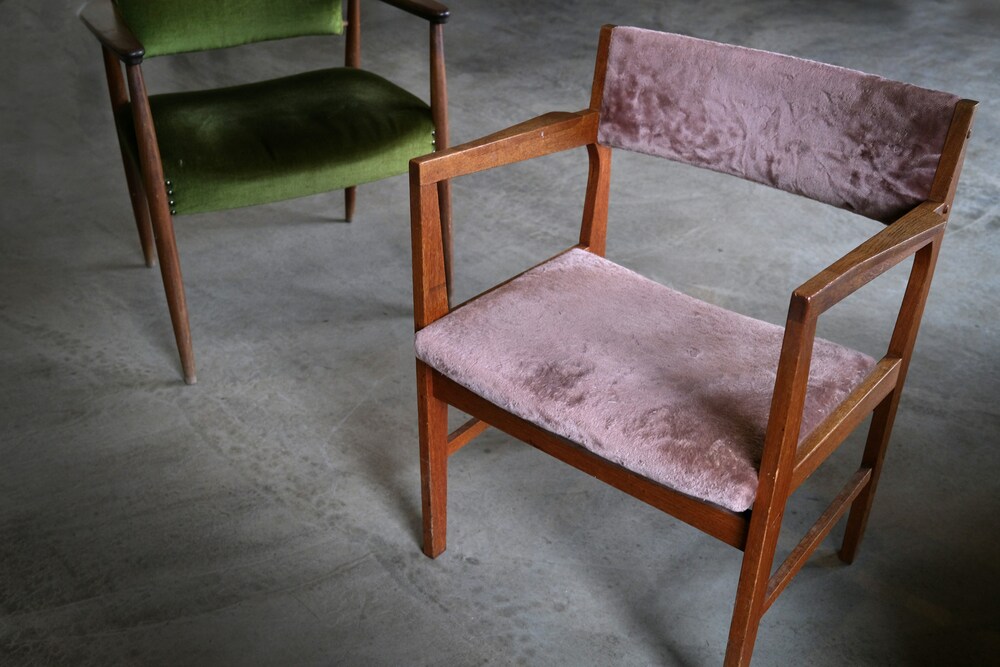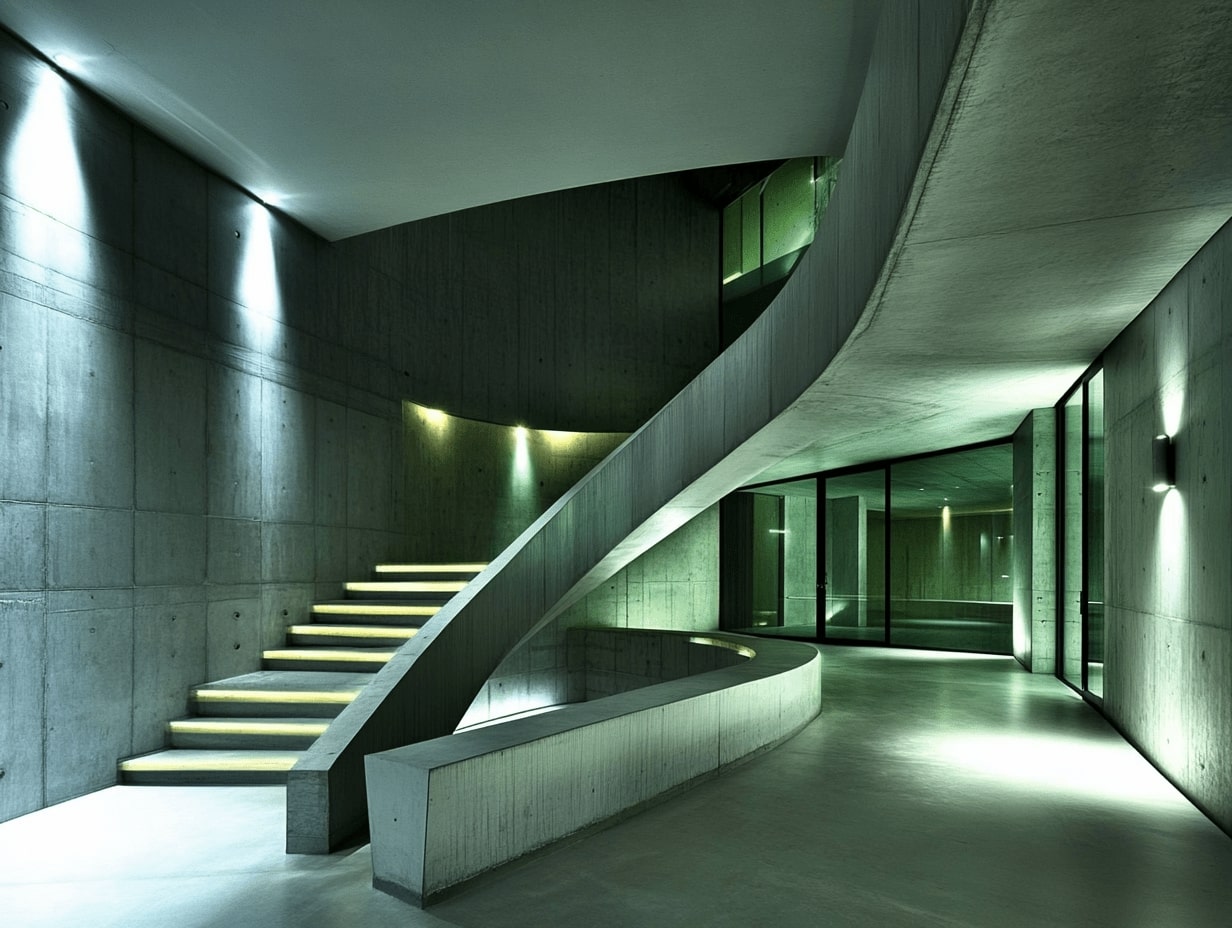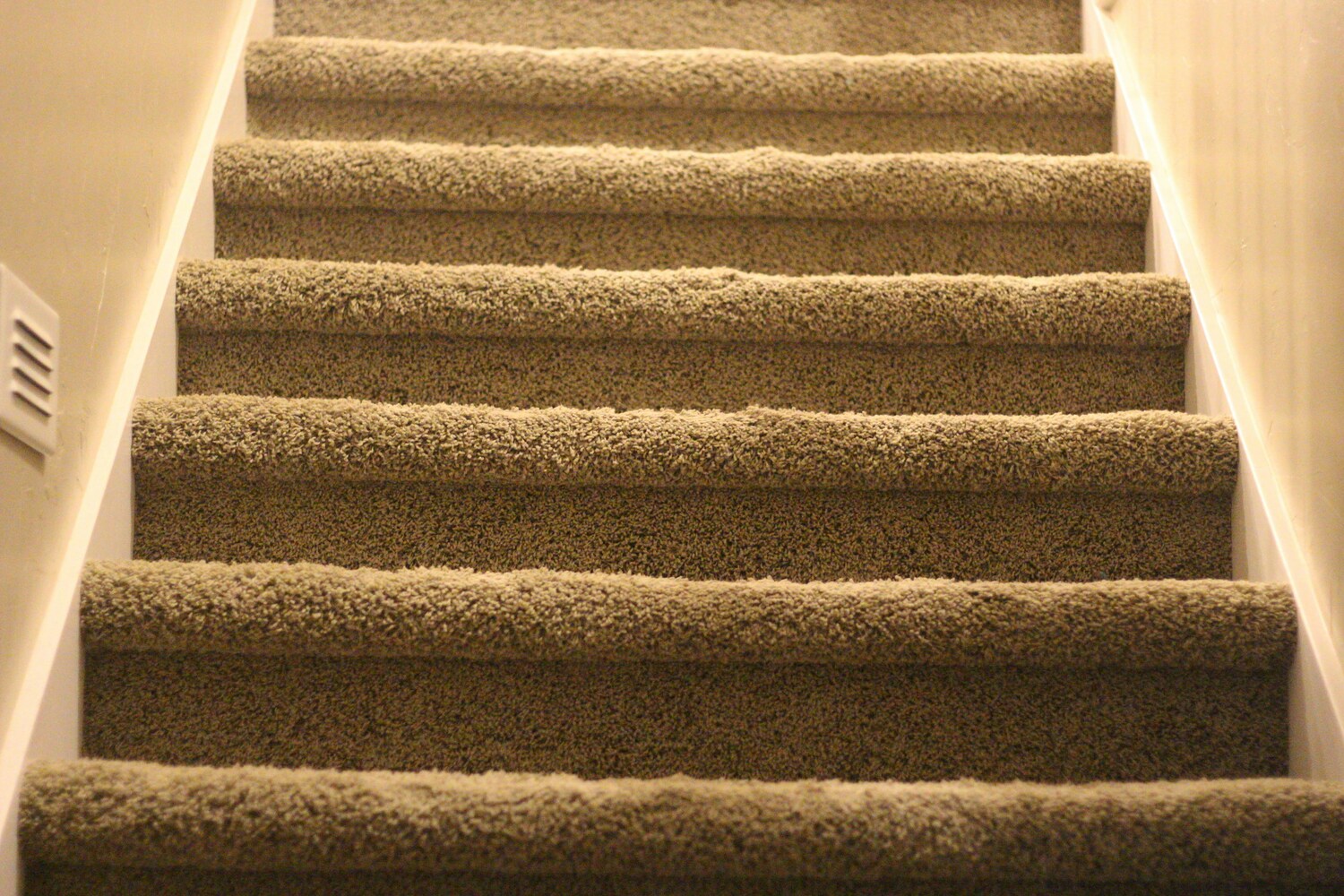- Home
- Articles
- Architectural Portfolio
- Architectral Presentation
- Inspirational Stories
- Architecture News
- Visualization
- BIM Industry
- Facade Design
- Parametric Design
- Career
- Landscape Architecture
- Construction
- Artificial Intelligence
- Sketching
- Design Softwares
- Diagrams
- Writing
- Architectural Tips
- Sustainability
- Courses
- Concept
- Technology
- History & Heritage
- Future of Architecture
- Guides & How-To
- Art & Culture
- Projects
- Interior Design
- Competitions
- Jobs
- Store
- Tools
- More
- Home
- Articles
- Architectural Portfolio
- Architectral Presentation
- Inspirational Stories
- Architecture News
- Visualization
- BIM Industry
- Facade Design
- Parametric Design
- Career
- Landscape Architecture
- Construction
- Artificial Intelligence
- Sketching
- Design Softwares
- Diagrams
- Writing
- Architectural Tips
- Sustainability
- Courses
- Concept
- Technology
- History & Heritage
- Future of Architecture
- Guides & How-To
- Art & Culture
- Projects
- Interior Design
- Competitions
- Jobs
- Store
- Tools
- More
What’s The Cost Difference Between Stained And Polished Concrete Floors?

If you’re considering concrete flooring for your home or business, you’re likely weighing the pros and cons of different finishes. One of the most important factors in this decision is cost. So, what’s the cost difference between stained and polished concrete floors?
On average, stained concrete floors cost $2-$4 per square foot, while polished concrete floors cost $3-$8 per square foot. This means polished concrete floors are typically 50-100% more expensive than stained concrete floors.
However, these figures only tell part of the story. Several factors can influence the cost of both stained and polished concrete floors, and understanding these can help you make a more informed decision about which option is best for your specific situation and budget.
Table of Contents
ToggleFactors That Influence The Cost Of Stained And Polished Concrete Floors
The cost of stained and polished concrete floors can vary significantly depending on several factors. For stained concrete, the complexity of the stain design, the number of colors used, and the condition of the existing concrete all play a role in determining the final price. More intricate patterns or multiple colors will increase the cost, as will extensive surface preparation for damaged or uneven concrete.

The desired level of shine for polished concrete is a major factor. Higher levels of polish require more passes with progressively finer grinding tools, which increases labor costs. The hardness of the concrete also affects the price, as softer concrete may need additional treatments to achieve the desired finish. Additionally, decorative elements like aggregates or scored patterns will add to the overall cost.
In both cases, the size of the area being treated is a significant factor. Larger areas generally have a lower cost per square foot due to economies of scale, while smaller areas may have a higher per-square-foot cost due to fixed setup and equipment costs.
How Do Maintenance Costs Compare For Stained Vs. Polished Concrete Floors?
When considering the long-term cost of concrete flooring, it’s crucial to factor in ongoing maintenance expenses. Stained concrete floors typically require more frequent maintenance than polished concrete floors. They must be resealed every 2-3 years to protect the stain and maintain their appearance. This process can cost between $0.50 and $1 per square foot each time.
Polished concrete floors, on the other hand, are generally more durable and require less frequent maintenance. They don’t need to be resealed but benefit from periodic re-polishing to maintain their shine. This is typically needed every 5-10 years, depending on foot traffic and care, and can cost $2-$3 per square foot.
Daily maintenance for both types of floors is relatively simple and inexpensive, involving regular sweeping and occasional damp mopping. However, stained concrete may be more susceptible to staining and may require more frequent cleaning or spot treatments.
Which Is More Cost-Effective In The Long Run: Stained Or Polished Concrete?
When evaluating the cost-effectiveness of stained versus polished concrete floors over time, it’s important to consider both the initial installation costs and the long-term maintenance expenses. While stained concrete has a lower upfront cost, but its more frequent maintenance requirements can increase over the years.
Despite its higher initial cost, Polished concrete often proves more cost-effective in the long run. Its durability and lower maintenance needs mean fewer expenses over time. Additionally, polished concrete tends to have a longer lifespan, often 20 years or more before needing significant refurbishment.
Another factor to consider is the potential impact on property value. Polished concrete floors are often seen as a premium flooring option and may add more value to a property than stained concrete. This could be an important consideration if you plan to sell your home or business.
Ultimately, the most cost-effective option will depend on your specific circumstances, including your budget, the intended use of the space, and how long you plan to maintain the flooring. For high-traffic commercial areas or homeowners planning for the long term, the durability and lower maintenance of polished concrete may offer better value despite the higher initial investment.
How Does The Installation Process Differ Between Stained And Polished Concrete?
The installation process for stained and polished concrete floors differs significantly, impacting your project’s timeline and cost. Stained concrete typically has a simpler and quicker installation process. After cleaning and preparing the surface, the stain is applied using sprayers, brushes, or rollers. The cost and quality of concrete stain supplies can vary, so choosing products that suit your budget and desired outcome is important. Once the stain has dried, a sealer is applied to protect the color and finish.
Polished concrete, on the other hand, involves a more complex and time-consuming process. It starts with grinding the concrete surface with progressively finer abrasives. This is followed by applying a chemical hardener to densify the concrete. The floor is then polished with increasingly fine grits until the desired level of shine is achieved. This process can take several days to complete, depending on the size of the area and the level of polish desired.
The complexity of the polishing process often requires more specialized equipment and skilled labor, which contributes to its higher cost. However, this intensive process also results in a more durable and long-lasting floor, which can offset the higher initial investment over time.
Can Stained Or Polished Concrete Be Applied To Existing Floors?
Both stained and polished concrete can be applied to existing concrete floors, which can be a cost-effective way to update your space without the expense of new flooring installation. However, the condition of the existing concrete plays a crucial role in determining the feasibility and cost of either option.

The existing floor needs to be in relatively good condition for stained concrete, free from major cracks or unevenness. Minor imperfections can often be repaired before staining, but significant damage may require more extensive preparation, increasing costs. It’s also important to note that if the concrete has been previously sealed or treated, this may need to be removed before staining can be applied effectively.
Polished concrete can often be applied to a wider range of existing floors, even with wear or minor damage. The initial grinding process can help level out minor imperfections. However, severely damaged or uneven floors may require more extensive preparation or even a new concrete overlay before polishing can begin.
Working with existing floors can sometimes lead to unexpected issues or additional preparation requirements, impacting the final cost. It’s always best to have a professional assess your existing floor to determine the best course of action and provide a more accurate cost estimate.
Making The Right Choice For Your Concrete Floor
Now that you understand the cost differences between stained and polished concrete floors and the factors that influence these costs, it’s time to take the next step—schedule consultations with at least three reputable concrete flooring contractors in your area. Ask them to assess your space, discuss your design preferences, and provide detailed quotes for stained and polished concrete options. This hands-on approach will give you the most accurate cost estimates and help you make an informed decision that balances your aesthetic preferences, functional needs, and budget constraints.
illustrarch is your daily dose of architecture. Leading community designed for all lovers of illustration and #drawing.
Submit your architectural projects
Follow these steps for submission your project. Submission FormLatest Posts
Tips for Using Runners to Transform Hallways and Spaces
Hallways work hard. They handle daily foot traffic, muddy shoes, and the...
Essential Architecture Tools in 2026: Software, AI, and Physical Equipment
Architecture in 2026 demands more than design talent alone. From BIM and...
Light of Tomorrow by VELUX 2026
This competition encourages architects to design visionary spaces where natural light drives...
Top 10 Online Platforms to Find Apartments for Rent in San Antonio
San Antonio, Texas, with its vibrant culture, historical landmarks, and strong job...











Leave a comment